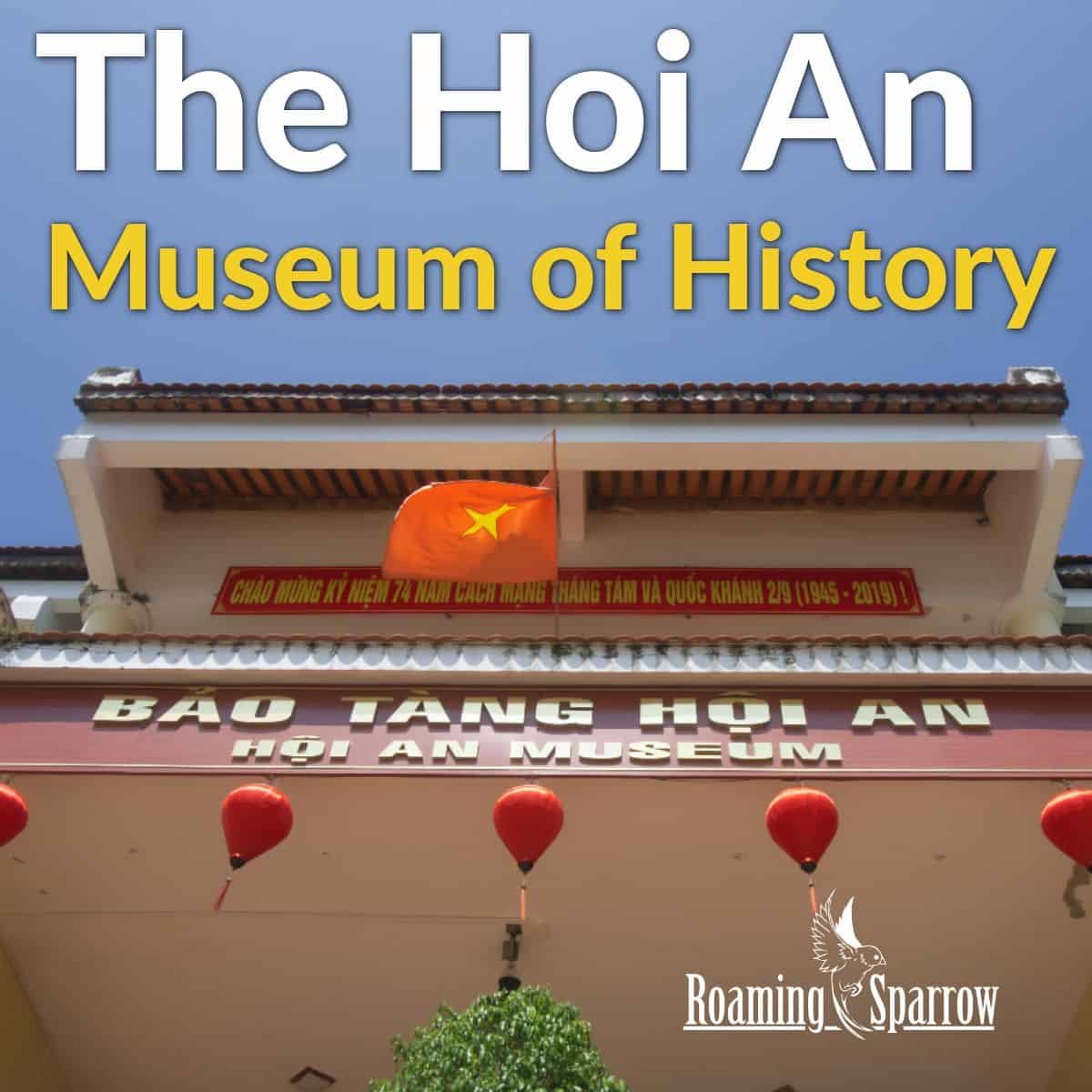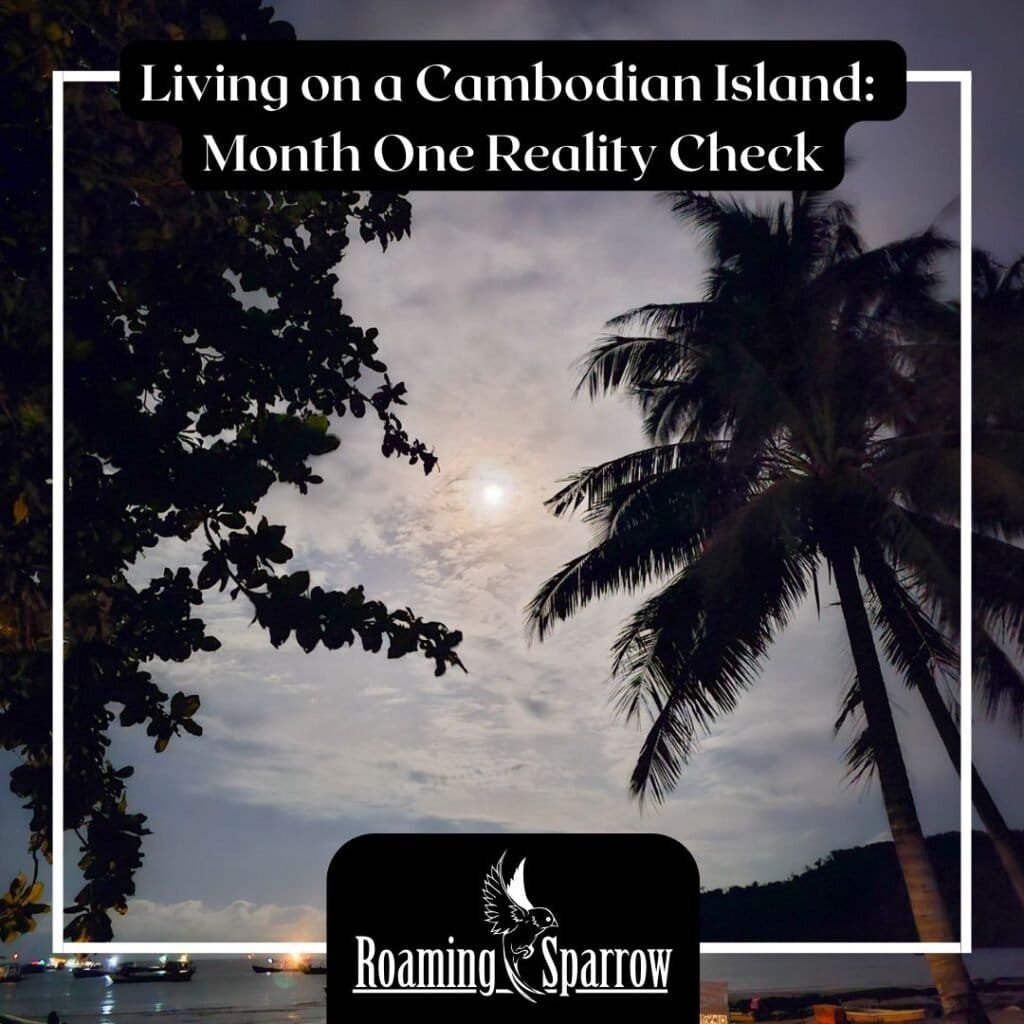[vc_row row_height_percent=”0″ back_image=”228″ back_repeat=”repeat” back_attachment=”scroll” back_position=”center top” overlay_color=”color-prif” overlay_alpha=”20″ gutter_size=”3″ column_width_percent=”100″ border_color=”color-lxmt” border_style=”solid” shift_y=”0″ z_index=”0″ enable_top_divider=”custom” shape_top_custom=”234″ shape_top_h_use_pixel=”” shape_top_height=”29″ shape_top_color=”color-rgdb” shape_top_opacity=”100″ shape_top_index=”0″ enable_bottom_divider=”custom” shape_bottom_custom=”234″ shape_bottom_h_use_pixel=”” shape_bottom_height=”29″ shape_bottom_color=”color-prif” shape_bottom_opacity=”91″ shape_bottom_index=”0″ css=”.vc_custom_1560528862711{border-top-width: 1px !important;border-bottom-width: 1px !important;}” back_size=”initial”][vc_column width=”1/1″][vc_row_inner row_inner_height_percent=”0″ overlay_color=”color-lxmt” overlay_alpha=”90″ gutter_size=”3″ shift_y=”0″ z_index=”0″ css=”.vc_custom_1560529744309{padding-top: 20px !important;padding-right: 20px !important;padding-bottom: 20px !important;padding-left: 20px !important;}”][vc_column_inner width=”2/3″][vc_custom_heading]The Hoi An Museum[/vc_custom_heading][vc_column_text]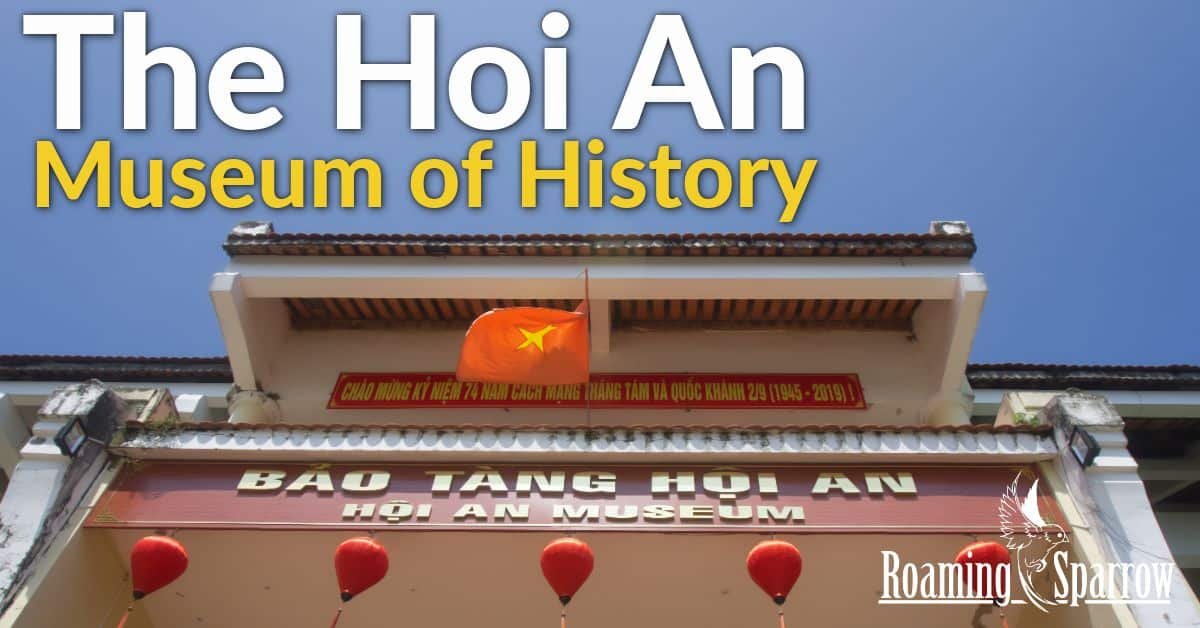 If you are motorbiking around the streets of Hoi An or even walking, it’s easy to miss the Hoi An Museum, this unassuming building sits at a busy intersection but gets no attention.
If you are motorbiking around the streets of Hoi An or even walking, it’s easy to miss the Hoi An Museum, this unassuming building sits at a busy intersection but gets no attention.
From the outside, it looks like a big government style building. Its design is reminiscent of the Communist design style of big with hard edges. But it is The Quan Yin pagoda house. Inside holds over two thousand years of the history of Hoi An and its culture.
Generally speaking, it has decent exhibits (*tho at times some of the translations are a bit off) and a fair all-around record of Hoi An’s past.
Read one of our previous articles here.
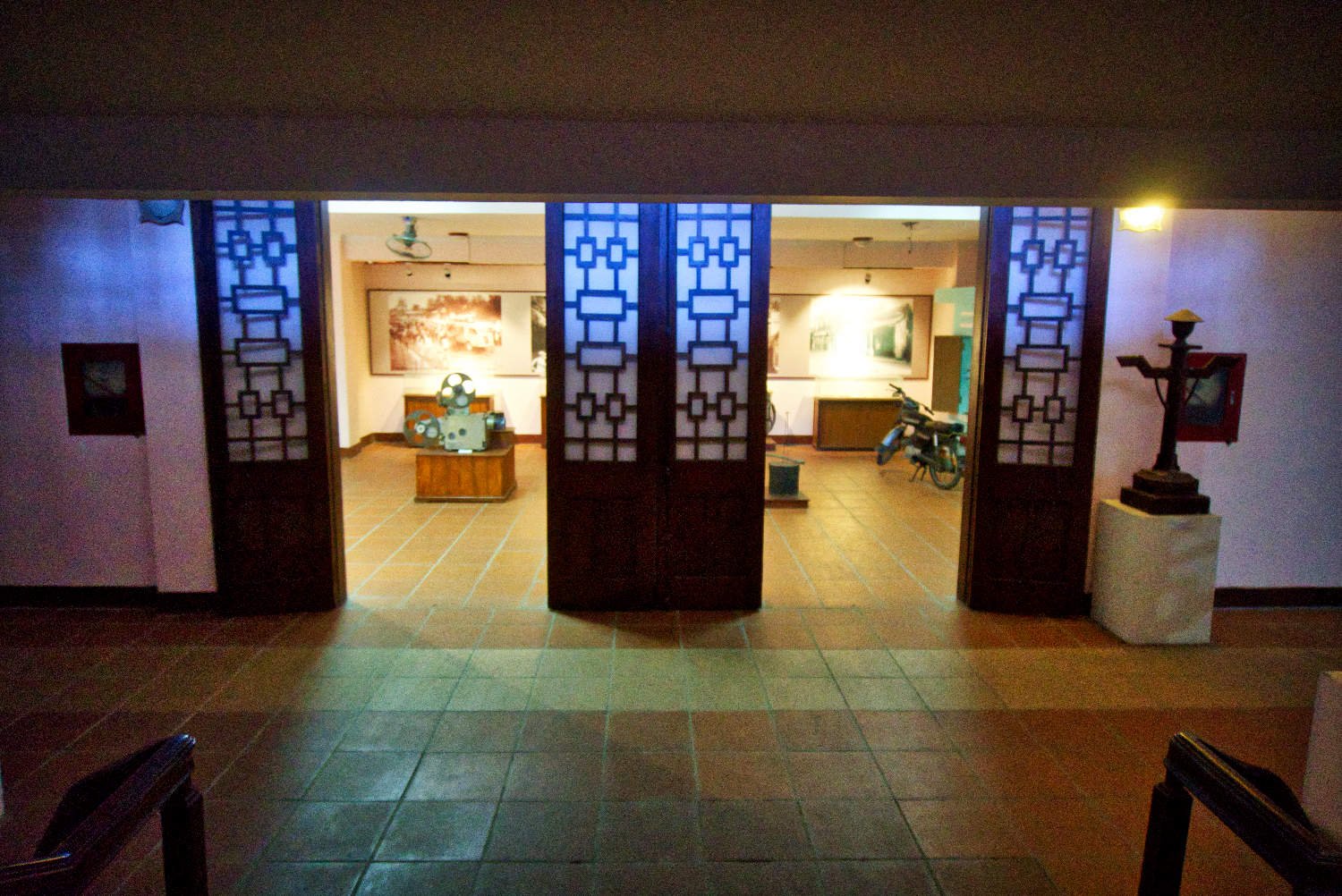 The Floors of The Hoi An Museum:
The Floors of The Hoi An Museum:
There is not too much on the first floor, but I assume it some general offices or classrooms? When you proceed up the center staircase, you get to the second floor. Here a guard/ticket takes will instruct you to pay them.
 Here is where the more decent exhibits start — the main two chunks of time covered on this floor are the Cham history and trading history — also a somber account of the Vietnam (American) war. From my perspective, as an American, it was interesting to see the other side of the coin. In the history books and our media, we are told one hand, here you are told another side. In all accounts, however, it was an unfortunate war. I feel this was also the strongest point of the museum.
Here is where the more decent exhibits start — the main two chunks of time covered on this floor are the Cham history and trading history — also a somber account of the Vietnam (American) war. From my perspective, as an American, it was interesting to see the other side of the coin. In the history books and our media, we are told one hand, here you are told another side. In all accounts, however, it was an unfortunate war. I feel this was also the strongest point of the museum.
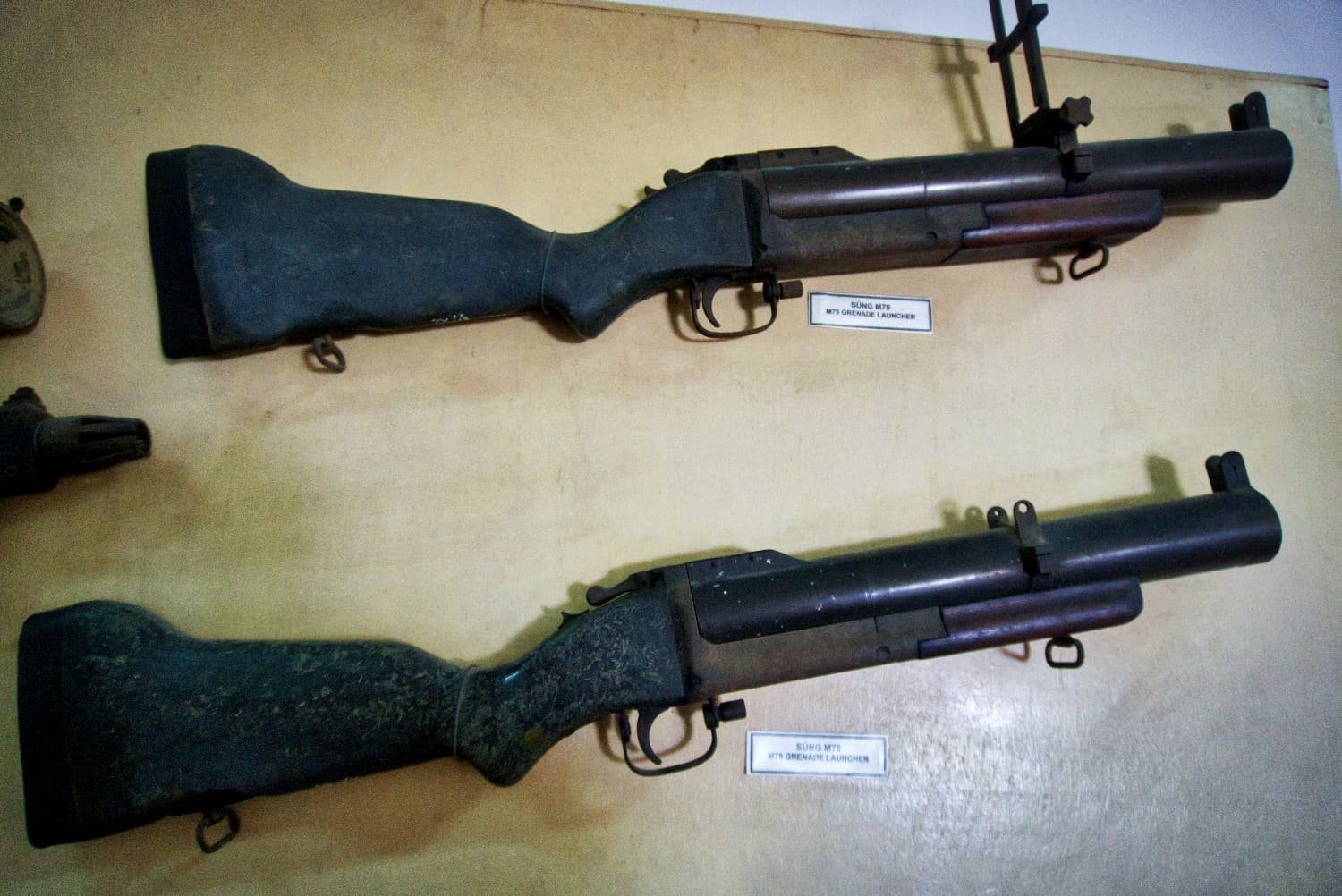 Up another level, and you come to a hodgepodge of things. Floor three includes some old equipment used in everyday life and some old household equipment. You can also find artworks from locals. The highlight of this floor to me was the photography section. It highlights some fantastic images from a local photographer.
Up another level, and you come to a hodgepodge of things. Floor three includes some old equipment used in everyday life and some old household equipment. You can also find artworks from locals. The highlight of this floor to me was the photography section. It highlights some fantastic images from a local photographer.
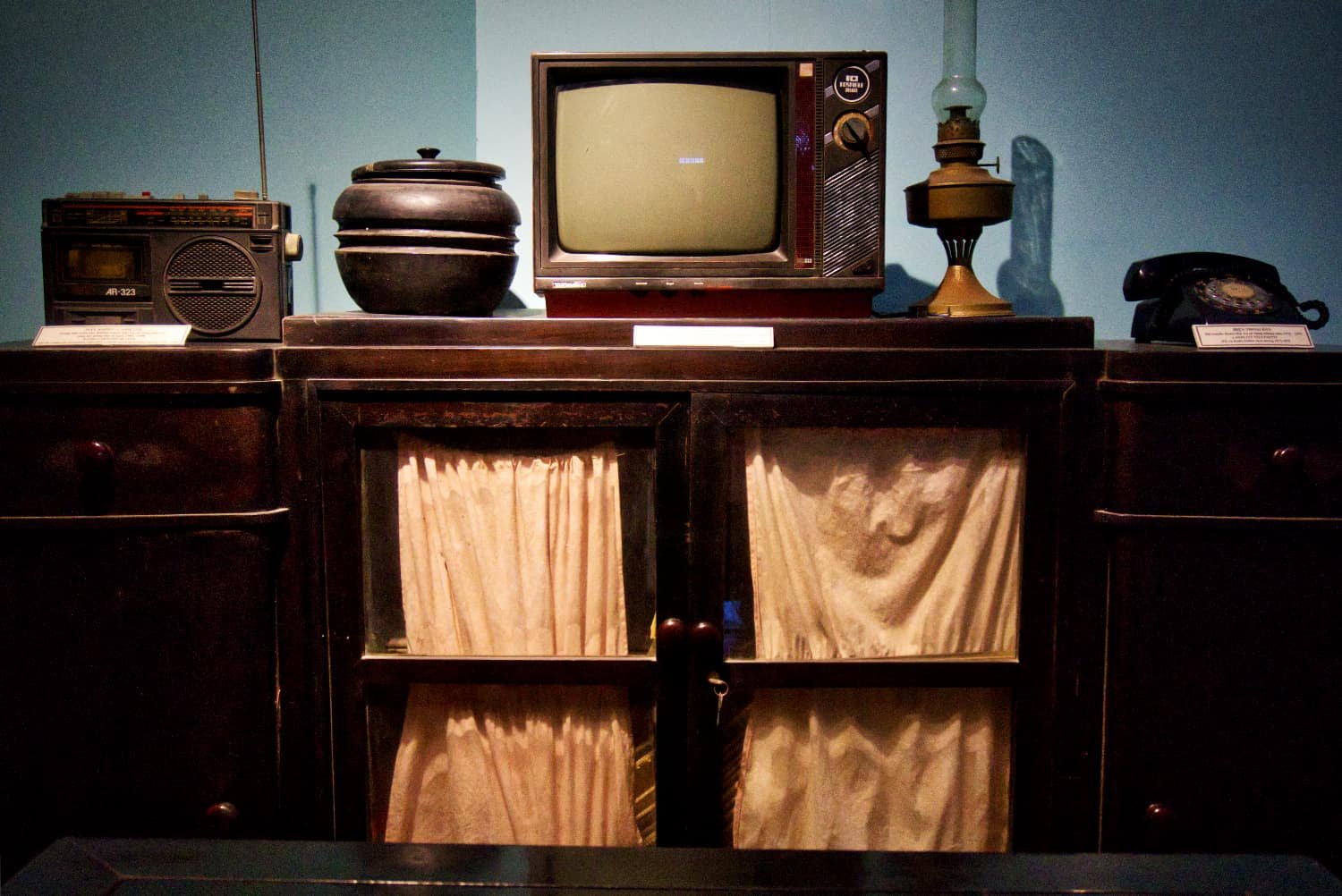 Last, you get to the rooftop. Being that the Hoi An Museum is the tallest building in town, a commanding view of the city greets you when you arrive at the top.
Last, you get to the rooftop. Being that the Hoi An Museum is the tallest building in town, a commanding view of the city greets you when you arrive at the top.
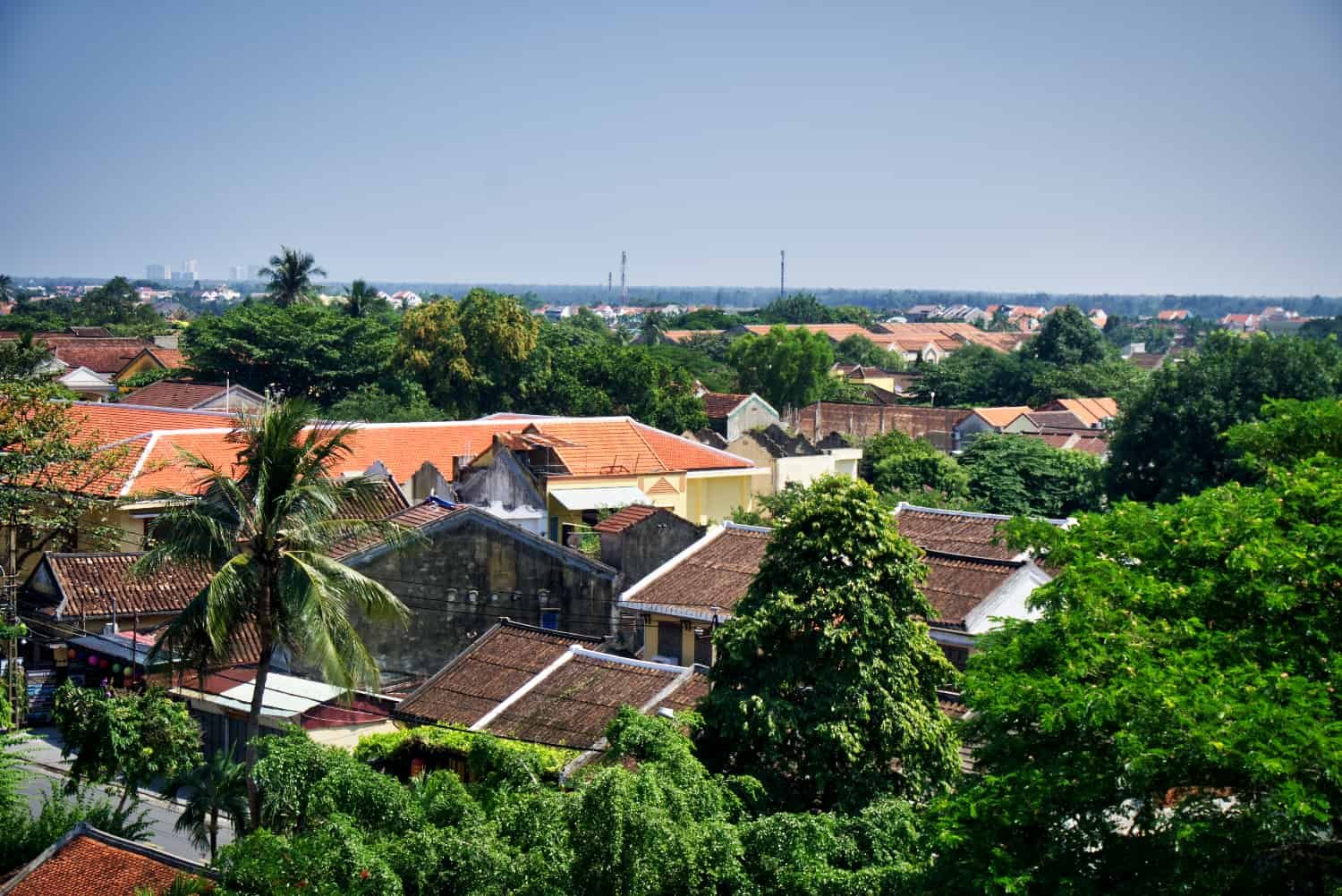 Sparrow Thoughts:
Sparrow Thoughts:
While it is a tiny museum, it does provide you with a unique insight into Hoi An’s past. While I may not actively seek to return to see it again, it was worth the cost of admission and an excellent way to eat up 30 – 60 minutes when the day was its hottest.
Ticket cost was 120,000VND (About $5)
The ticket also includes access to four other sites around the area.
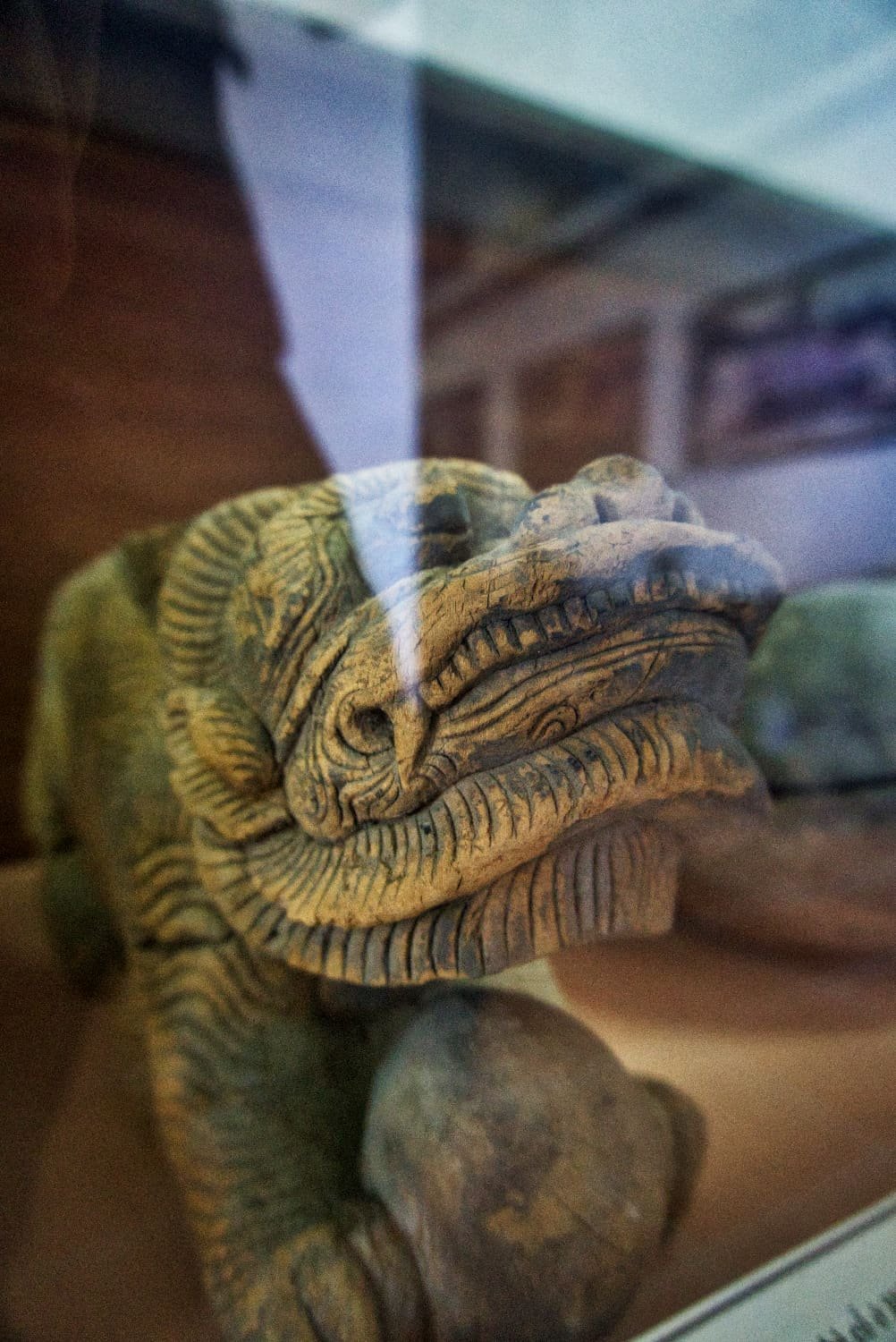
 [/vc_column_text][/vc_column_inner][vc_column_inner column_width_percent=”100″ expand_height=”yes” gutter_size=”3″ overlay_alpha=”50″ medium_width=”0″ mobile_width=”0″ shift_x=”0″ shift_y=”0″ shift_y_down=”0″ z_index=”0″ sticky=”yes” width=”1/3″][vc_button border_width=”0″ link=”url:https%3A%2F%2Froamingsparrow.smugmug.com%2FVietnam-2019%2FHoi-An-Museum%2F|||”]See more photos of The Hoi An Museum here[/vc_button][vc_widget_sidebar sidebar_id=”sidebar-1″][/vc_column_inner][/vc_row_inner][/vc_column][/vc_row]
[/vc_column_text][/vc_column_inner][vc_column_inner column_width_percent=”100″ expand_height=”yes” gutter_size=”3″ overlay_alpha=”50″ medium_width=”0″ mobile_width=”0″ shift_x=”0″ shift_y=”0″ shift_y_down=”0″ z_index=”0″ sticky=”yes” width=”1/3″][vc_button border_width=”0″ link=”url:https%3A%2F%2Froamingsparrow.smugmug.com%2FVietnam-2019%2FHoi-An-Museum%2F|||”]See more photos of The Hoi An Museum here[/vc_button][vc_widget_sidebar sidebar_id=”sidebar-1″][/vc_column_inner][/vc_row_inner][/vc_column][/vc_row]

